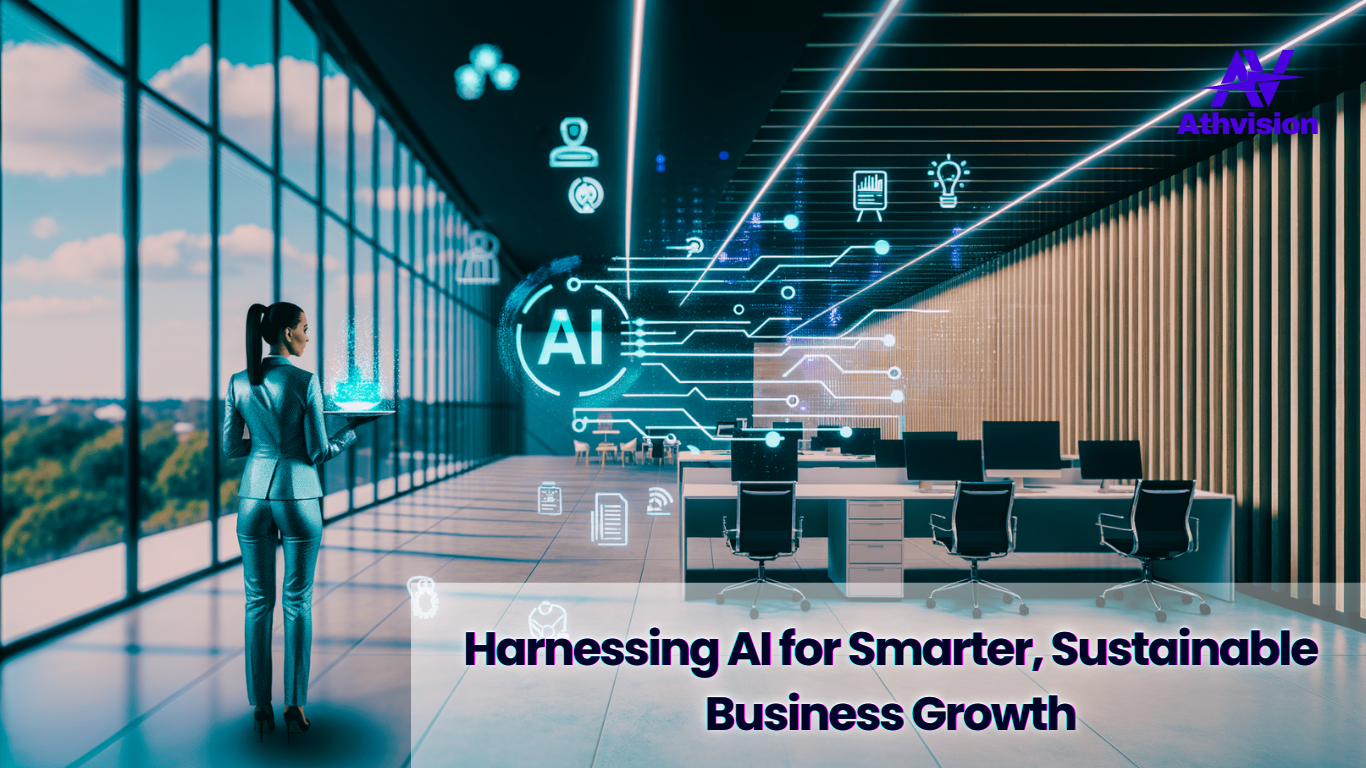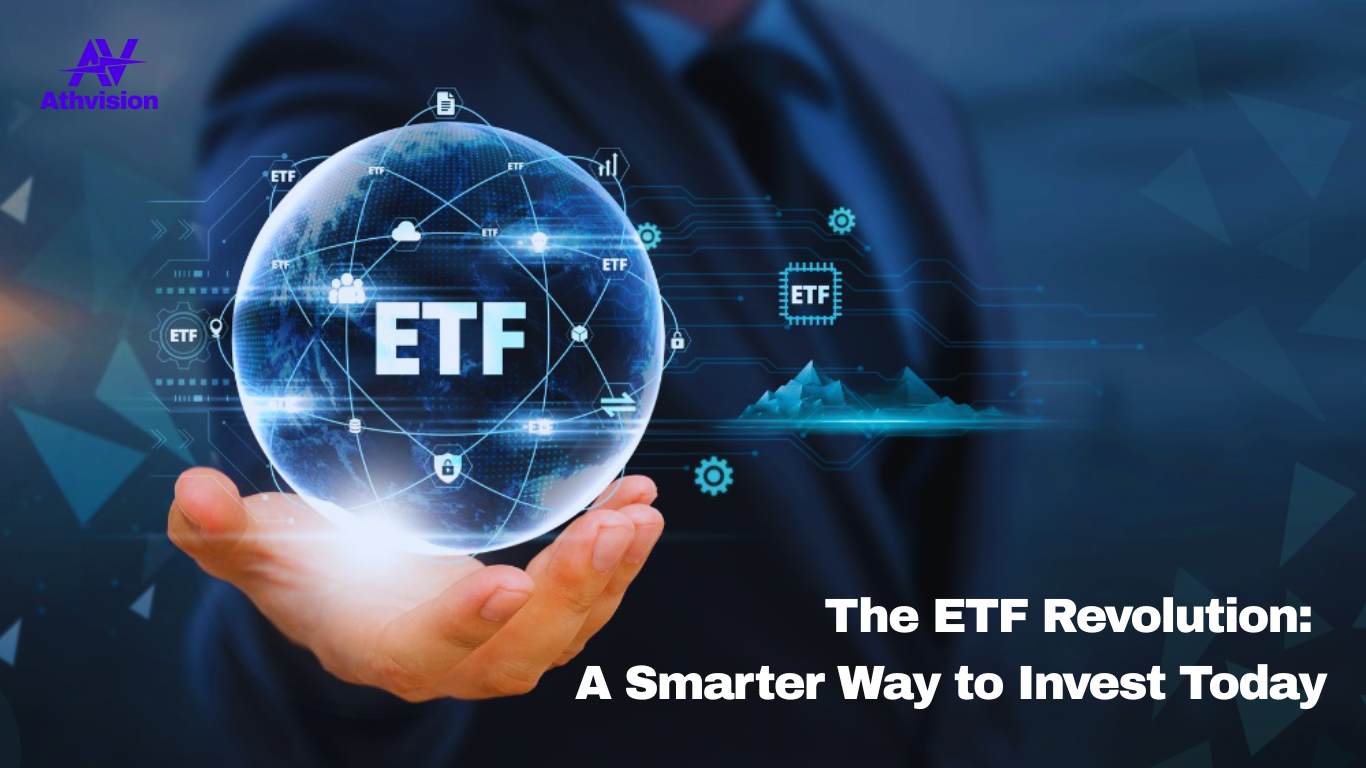The telecommunications industry is in the midst of a profound reinvention. No longer confined to cables, towers, and traditional voice services, today’s telecom players are evolving into intelligent, adaptive platforms powering the digital world. At the heart of this transformation are two revolutionary forces: Artificial Intelligence (AI) and Blockchain.
These technologies are not just buzzwords—they’re catalysts for sweeping change across automation, cybersecurity, customer experience, and operational agility. As 5G, IoT, and edge computing reshape how we connect and communicate, telecom providers are reimagining their roles—not just as carriers, but as architects of the next-gen digital infrastructure.
Looking ahead to 2026, this evolution is being fueled not just by technological innovation, but by rising customer expectations, shifting regulations, and fierce market competition. The future of telecom lies at the intersection of intelligence and trust—where AI optimizes and personalizes, and blockchain secures and decentralizes. Together, they are redefining what it means to connect in the modern world.
Why AI and Blockchain Matter in Telecom
The telecom sector deals with massive volumes of data, real-time service demands, and the constant pressure to reduce costs while improving customer satisfaction. AI excels in analyzing complex data, automating decisions, and personalizing services. Blockchain complements this by providing a secure, transparent, and decentralized infrastructure for managing transactions, identities, and records.
The combination of these two technologies is proving to be a powerful engine for innovation.
- Automating Network Operations with AI
AI is rapidly transforming how telecom networks are managed, making operations more efficient, responsive, and resilient. One of its most immediate applications is network optimization, where AI systems continuously monitor performance, detect anomalies, and predict potential failures before they happen. This is particularly crucial in 5G environments, where ultra-low latency and high reliability are essential. By analyzing real-time data, AI enables proactive adjustments to network configurations, helping prevent outages and maintain seamless connectivity.
Beyond optimization, AI powers self-healing networks—intelligent systems that automatically identify and resolve issues without human intervention. These networks can reroute traffic, balance loads, and even initiate maintenance workflows, significantly reducing downtime and operational costs. With AI-driven automation, telecom providers can ensure more stable service delivery, faster response times, and dynamic resource allocation, setting the stage for smarter infrastructure that adapts to demand in real time.
- Intelligent Customer Service
AI-powered virtual assistants and chatbots are reshaping the way telecom companies interact with their customers by providing faster, smarter, and more accessible support. These tools can handle a wide range of inquiries—from billing and account updates to technical troubleshooting and service activation—24/7, without the need for human agents. What makes them especially effective is their ability to deliver instant responses, route complex issues to the appropriate departments, and offer personalized product recommendations based on customer data and usage patterns. This not only improves operational efficiency but also meets the growing consumer demand for real-time, on-demand support.
With advancements in Natural Language Processing (NLP) and machine learning, AI-driven customer service systems are becoming increasingly intuitive and conversational. They can understand context, learn from past interactions, and refine their responses over time, making them more accurate and helpful with each use. As a result, telecom providers are seeing reduced call volumes, faster issue resolution, and improved customer satisfaction scores. Beyond just cost savings, intelligent customer service represents a major shift toward proactive engagement, where AI anticipates customer needs and delivers a more seamless and satisfying experience across digital channels.
- Revolutionizing Digital Identity and KYC with AI and Blockchain
In today’s hyper-connected world, telecom providers face mounting pressure to strengthen Know Your Customer (KYC) protocols, prevent data breaches, and streamline user onboarding. Traditional identity verification methods are often time-consuming, fragmented, and vulnerable to fraud—posing significant operational and regulatory challenges.
Blockchain offers a transformative solution through decentralized digital identity systems. Instead of storing customer data in centralized databases prone to hacks, blockchain allows users to maintain control of their personal information. Once a user’s identity is verified, it can be securely stored on the blockchain and reused across multiple telecom services, eliminating repetitive checks while ensuring data integrity and compliance.
At the same time, Artificial Intelligence (AI) supercharges the KYC process by automating document verification, detecting forgeries, and matching biometric data in real-time. This not only accelerates onboarding but also reduces manual errors and improves fraud detection.
Together, AI and blockchain create a trusted, secure, and user-centric identity framework—enhancing privacy, reducing operational costs, and significantly lowering the risk of SIM swap fraud, identity theft, and data leaks.
For telecom companies, this fusion of technologies marks a strategic leap forward, enabling more efficient customer management while aligning with evolving data protection standards and cross-border regulatory requirements.
- Smart Contracts for Inter-Carrier Settlements
Telecom companies often face delays and disputes over roaming and interconnect settlements, especially when dealing with multiple carriers across regions. These processes typically involve manual reconciliation and third-party clearinghouses, which can be costly and inefficient.
With smart contracts, telecom operators can automate settlement agreements. A smart contract can be programmed to execute payments based on pre-agreed conditions—like data usage or call volumes—eliminating manual errors and speeding up cross-carrier financial transactions.
This could be particularly impactful for roaming, where blockchain-enabled systems ensure near real-time billing, transparent fee structures, and faster dispute resolution.
- Combating Telecom Fraud and Infrastructure Failures
Telecom fraud remains a persistent threat—ranging from SIM card cloning and subscription fraud to fake roaming charges—costing the industry billions annually. At the same time, maintaining vast, capital-intensive infrastructure adds another layer of risk, with unexpected equipment failures leading to service disruptions and high repair costs.
AI and blockchain, when used together, offer a powerful defense and predictive advantage.
Artificial Intelligence enables predictive maintenance by analyzing historical and real-time data to forecast equipment failures before they occur. This reduces downtime, improves operational efficiency, and lowers maintenance costs.
Meanwhile, blockchain strengthens fraud prevention by providing a tamper-proof, transparent ledger of all transactions and network activities. Data stored on the blockchain cannot be altered, ensuring a trustworthy and auditable trail of events. This is particularly effective against identity fraud, SIM swapping, and unauthorized access.
When combined, AI’s pattern recognition and anomaly detection capabilities with blockchain’s immutable audit trails create a robust, real-time fraud management system. Telecom companies can detect threats faster, respond more intelligently, and maintain trust with their customers.
Several leading providers and startups are already building AI-powered, blockchain-secured fraud detection platforms tailored for telecom networks—paving the way for more secure and resilient infrastructure across the industry.
- Securing and Scaling 5G & IoT Ecosystems with AI and Blockchain
The rollout of 5G networks and the rapid expansion of IoT ecosystems are revolutionizing connectivity—but they’re also introducing unprecedented security and infrastructure challenges. With billions of interconnected devices constantly exchanging sensitive data, traditional centralized security models are no longer sufficient.
This is where AI and blockchain converge to provide a next-generation solution.
Artificial Intelligence enables intelligent orchestration, predictive management, and real-time optimization of device interactions. It ensures adaptive service delivery, detects anomalies, and automates network responses to maintain performance and uptime across complex environments.
Blockchain, on the other hand, delivers decentralized trust. Each IoT device can be assigned a unique, verifiable identity on the blockchain, enabling cryptographic authentication and tamper-proof data exchanges. Smart contracts can govern inter-device communication, enforcing compliance and automating secure transactions without human oversight.
Together, AI and blockchain create a secure, scalable, and autonomous infrastructure—ideal for high-stakes environments such as healthcare, smart cities, industrial automation, and autonomous vehicles, where reliability and trust are critical.
This powerful combination not only strengthens cybersecurity but also lays the groundwork for a truly intelligent and decentralized digital ecosystem.
- Transforming Billing Through Tokenization and Smart Contracts
As telecom networks expand to support billions of connected devices—ranging from smart meters to autonomous drones—the demand for high-frequency, low-value transactions has surged. Traditional billing systems, designed for monthly cycles and centralized reconciliation, are increasingly unable to cope with the real-time, granular usage patterns of IoT services.
Blockchain is solving this challenge through tokenized micropayments and smart contracts.
With token-based billing, telecom providers can charge users in real time based on precise usage—whether it’s per second of bandwidth, per byte of storage, or per IoT trigger event. These micro-transactions are fast, transparent, and cost-effective, eliminating the need for intermediaries or complex clearing processes. This significantly reduces operational overhead and opens the door to new, flexible revenue models, such as pay-as-you-go services and event-driven pricing.
Smart contracts further enhance this system by automating financial agreements between telecom companies, roaming partners, and vendors. These self-executing contracts enforce terms instantly and securely—removing delays, reducing disputes, and ensuring accurate, real-time settlements across parties.
Together, tokenization and smart contracts represent a paradigm shift in telecom billing: from slow and manual to automated, decentralized, and future-ready. This innovation is especially critical in scaling 5G and IoT ecosystems, where efficiency, speed, and transparency are no longer optional—they’re essential.
- Cross-Border Data Sharing and Spectrum Management
As telecom networks become more globalized and interconnected, especially in regions like the European Union and Southeast Asia, seamless cross-border data flow is becoming essential. Whether it’s for international roaming, global content delivery, or managing distributed IoT networks, telecom providers must navigate a complex landscape of data sovereignty laws, compliance requirements, and regional policies. Traditional governance models often rely on manual reporting, fragmented oversight, and slow approval processes—creating bottlenecks that hinder innovation and efficiency.
Blockchain offers a powerful solution by enabling secure, transparent, and tamper-proof data sharing across jurisdictions. It ensures that data is exchanged only with authorized parties and that all transactions are verifiable, immutable, and compliant with local regulations. At the same time, blockchain can be used to track and manage spectrum allocation, a critical resource for telecom providers. Governments and operators can use blockchain-based ledgers to ensure fair spectrum distribution, prevent unauthorized use, and facilitate faster decision-making during auctions or spectrum leasing. By introducing a decentralized and auditable layer of trust, blockchain can streamline cross-border telecom operations and foster more efficient international collaboration.
- Enhancing Data Monetization and Analytics
Telecom companies collect enormous volumes of data from user behavior, network activity, device usage, and location patterns. With the right tools, this data becomes a powerful resource for understanding customer needs, improving service delivery, and creating targeted offerings. AI-driven analytics helps providers identify emerging trends, predict churn, segment audiences, and uncover hidden revenue opportunities. By turning raw data into actionable insights, telecoms can enhance operational efficiency and launch personalized services that increase customer engagement and loyalty.
At the same time, blockchain technology introduces a secure and transparent way to manage and monetize data. Through decentralized data marketplaces, telecom companies can offer anonymized insights to third parties while giving users control over how their data is accessed and used. Smart contracts automate permissions, ensuring regulatory compliance and building trust with consumers. This approach not only opens up new revenue streams but also aligns with growing demands for transparency, accountability, and ethical data use in a digital-first world.
Real-World Momentum
The fusion of AI and blockchain is no longer a theoretical concept—it’s actively being explored and implemented by leading telecom companies around the world. These early movers are demonstrating how combining these technologies can solve longstanding industry challenges while opening up new avenues for innovation and growth.
Vodafone, for example, is leveraging blockchain technology to develop secure digital identity solutions, enabling users to control their data across networks and platforms. This aligns with broader industry efforts to replace outdated KYC processes with decentralized, user-centric alternatives. Deutsche Telekom has piloted the use of blockchain for automated roaming settlements, aiming to reduce manual reconciliation and ensure transparent, real-time transactions between operators.
Meanwhile, Telefónica is harnessing AI for network automation and proactive fraud detection, using machine learning models to anticipate issues before they impact users. The company is also experimenting with blockchain to add transparency and trust to its data processes. SK Telecom in South Korea is another strong example—developing advanced AI-based analytics platforms while integrating blockchain-powered identity management tools to enhance user verification and privacy.
Beyond telecom giants, startups and Web3 platforms are actively entering the space, offering blockchain-as-a-service (BaaS) solutions tailored for telecom needs. These platforms help telcos deploy smart contracts, decentralized billing systems, and secure data-sharing frameworks without building from scratch—accelerating digital transformation and lowering the barrier to entry.
Together, these initiatives signal a growing commitment to the AI-blockchain convergence as a strategic path forward for the telecom sector—paving the way for more agile, secure, and intelligent communications infrastructure.
Telecom Industry Innovations in 2026
The telecom industry is on the brink of a major transformation. With rapid advancements in network infrastructure, immersive technologies, and intelligent automation, 2026 is shaping up to be a breakthrough year for telecom innovation. From Open RAN and private networks to digital twins and the metaverse, operators are reimagining how connectivity is delivered and experienced.
- Open RAN: Redefining Network Architecture
Open Radio Access Network (Open RAN) is emerging as one of the most disruptive shifts in telecom infrastructure. By separating hardware from software, Open RAN enables operators to collaborate with a broader ecosystem of vendors, drive down costs, and speed up innovation cycles. This open, flexible architecture is expected to accelerate 5G expansion while fostering a more competitive vendor landscape.
Looking ahead to 2026, Open RAN is not just about operational savings—it’s about unleashing agility. Operators gain the ability to scale faster, test new services, and adapt to evolving network demands. As a telecom engineer at Nokia noted, “Open RAN isn’t just about cutting costs; it’s enabling a more open and innovative telecom future.”
- Private Networks: Customized Connectivity for Enterprises
Private 5G and LTE networks are gaining strong momentum going into 2026, providing enterprises with secure, dedicated connectivity solutions tailored to their unique operational needs. These networks offer greater control, reduced latency, and enhanced reliability—critical for industries like manufacturing, logistics, healthcare, and energy.
Companies are leveraging private networks to deploy use cases like real-time monitoring, robotics, and connected infrastructure without relying on public networks. A consultant at McKinsey shares, “Private networks are no longer exclusive to large enterprises. SMEs are also embracing them to enhance productivity, protect sensitive data, and modernize operations.”
- The Metaverse: Driving Demand for Ultra-Connected Experiences
As the metaverse evolves from concept to functional platform, it is placing new demands on telecom infrastructure. Whether it’s immersive VR environments, virtual offices, or digital commerce spaces, the metaverse requires ultra-reliable, low-latency connections—and telecom operators are building the networks to support this shift.
Heading into 2026, telecoms are exploring new service models that integrate 5G, edge computing, and cloud streaming to deliver seamless virtual experiences. A strategist at Meta explains, “The metaverse isn’t just a tech trend—it’s becoming a new layer of the internet, and telcos will play a critical role in making it accessible, fast, and interactive.”
- Digital Twins: Virtual Intelligence for Real-World Optimization
Digital twins—virtual replicas of physical systems—are becoming a core part of telecom operations in 2026. These intelligent models allow operators to simulate networks, monitor performance, and predict maintenance needs without interrupting live services.
By deploying digital twins, telecom providers can reduce downtime, improve capacity planning, and accelerate network upgrades. A technology analyst at Gartner notes, “Digital twins are giving telecom operators real-time visibility and predictive power. They’re essential tools for driving operational excellence and future-proofing infrastructure.”
Barriers to Break: Key Challenges in Integration
Despite the immense potential of AI and blockchain in the telecom industry, their integration is not without hurdles:
- Legacy Infrastructure: Many telecom providers still operate on outdated systems that are not easily compatible with AI models or blockchain networks, making large-scale upgrades costly and complex.
- Data Privacy & Regulation: Navigating diverse global regulations around data sovereignty, identity management, and cross-border sharing is a major challenge, especially when deploying decentralized solutions.
- Talent & Skill Gaps: Implementing AI and blockchain requires highly specialized talent in data science, cybersecurity, distributed systems, and telecom engineering—a combination that remains scarce.
- Scalability Concerns: Blockchain’s performance limitations, particularly in processing microtransactions at scale, can pose bottlenecks for telecom use cases like real-time IoT billing or roaming settlements.
- Interoperability & Standards: The lack of industry-wide standards for AI models and blockchain protocols makes seamless integration across vendors, platforms, and borders difficult.
- Cybersecurity Risks: While blockchain enhances security through decentralization, AI systems themselves can be vulnerable to data poisoning, adversarial attacks, or model bias if not properly governed.
Unlocking the Future: Transformational Benefits
Despite these challenges, the advantages of combining AI and blockchain in telecom are transformative:
- Operational Efficiency: AI automates complex network tasks, predictive maintenance, and resource allocation—significantly reducing downtime and operational costs.
- Enhanced Security & Trust: Blockchain secures identities, transactions, and data exchanges with transparency, auditability, and resistance to tampering.
- Faster, Smarter Customer Support: AI-driven virtual agents and chatbots personalize customer experiences while reducing service load and response time.
- Fraud Prevention: The synergy of AI’s pattern recognition with blockchain’s immutable ledgers creates a powerful system for fraud detection and prevention.
- Next-Gen Billing: Tokenized micropayments and smart contracts enable flexible, real-time billing models that support IoT and pay-per-use services.
- Decentralized Identity Management: Blockchain-based digital IDs empower users to control their data while simplifying onboarding and KYC compliance for providers.
- Future-Proofing Networks: Intelligent, self-healing networks and digital twins give telecoms the ability to simulate, monitor, and optimize infrastructure in real time.
- New Business Models: AI and blockchain open up monetization opportunities in data marketplaces, virtual services, and metaverse-related applications.
Beyond the Hype: Embracing the Future of Telecom
AI and blockchain are no longer emerging technologies—they are becoming core pillars of telecom’s digital transformation. As operators gear up for a hyper-connected future shaped by 5G, IoT, and immersive digital experiences, these technologies offer the intelligence, security, and agility required to thrive.
The convergence of AI’s real-time decision-making with blockchain’s decentralized trust infrastructure is reshaping everything—from how networks are managed to how customers are engaged, billed, and protected. While challenges around scalability, regulation, and adoption remain, the momentum is undeniable.
Telecom companies that embrace this dual transformation will not only unlock operational gains and new revenue streams but will also redefine their role in society—as enablers of secure, intelligent, and inclusive digital ecosystems.






